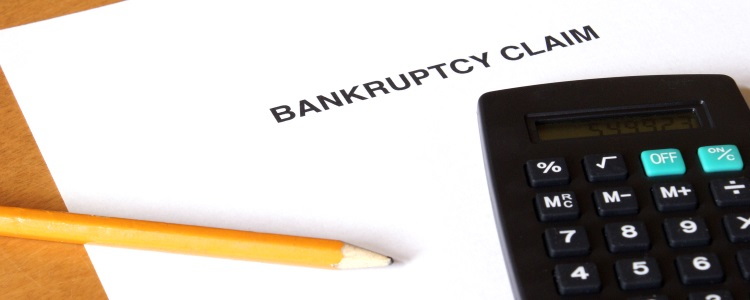In order to file a Chapter 7 bankruptcy, you must pass a means test which compares your disposable income to the average median income for a family of the same size in your state. Because median incomes vary by state and household size, the income limit for filing a Chapter 7 varies as well.
Why Take a Means Test?
A Chapter 7 bankruptcy is a short process, typically lasting only three to six months. During this time, a trustee helps you to liquidate (sell) your non-exempt property to pay off part of your debt. The Chapter 7 means test is a method of qualification designed to reserve Chapter 7 bankruptcies only for those who truly can't afford to repay their debts in full.
Taking a Means Test
To begin a means test, compare your current pre-tax annual income to the median income for the same size household in your state. If you make less than your state’s median income, you qualify and are free to file a Chapter 7 bankruptcy. If you make the same, or more than, the median income for your state, then you must continue on with the test.
For second part of the means test, you use your average monthly income for the six months before you plan on filing bankruptcy. By deducting your monthly expenses from your current average monthly income, calculate your disposable income. The lower your disposable income each month, the more likely you may qualify for Chapter 7.
When calculating your disposable income, you subtract your allowed monthly expenses like food, clothing, and living expenses. These can include your utility bills, as well as credit card, mortgage, and car loan payments.
Comparing Median Income
If you're still wondering whether or not your income qualifies you to file a Chapter 7 bankruptcy, there are a few steps you can take:
 Calculate your family's average gross annual income – To find your gross annual income, multiply your pre-tax monthly income by 12. For example: if your gross monthly income is $2,500, your annual gross income would be $30,000 (2,500 multiplied by 12 equals 30,000).
Calculate your family's average gross annual income – To find your gross annual income, multiply your pre-tax monthly income by 12. For example: if your gross monthly income is $2,500, your annual gross income would be $30,000 (2,500 multiplied by 12 equals 30,000).- Compare your annual gross income to your state family median income – Make sure to compare your income to the median income for a family of the same size in your state. You can find the current family median incomes on the US Trustee website at www.justice.gov/ust (go to the means testing information section).
- Continue to part two of the means test – If your income is at or above that of a same sized household in your state, you need to continue on to the second part of the means test. If it falls below the median income, you can proceed with filing your Chapter 7 bankruptcy.
When You Don't Qualify for Chapter 7 Bankruptcy
When you take the means test and continue on to the second part, but it shows that you have a large amount of disposable income, you don't qualify to file Chapter 7. In this case, you should be able to use this disposable income to repay debts. If you're a high-income earner that doesn't qualify for a Chapter 7, you can file a Chapter 13 bankruptcy, instead. A Chapter 13 is known as a repayment bankruptcy and can help you repay your debts over either a three- or five-year period.
The Bottom Line
If you're thinking about filing bankruptcy, but aren't sure if you should move forward, make sure you consider all the possible outcomes. For instance, in some cases, you're required to give up some of your property in order to pay back your creditor's during a Chapter 7. Consider your options carefully – bankruptcy isn't to be entered into lightly.
If you've already filed, or have filed bankruptcy in the past, and are struggling with the loss of a vehicle, we want to help you find a lender that can get you into the car you need. Here at Auto Credit Express, we work with a large network of special finance dealerships that have these lenders available. We can help you find one in your local area if you fill out our easy, free, and no-obligation auto loan request form. Get started right now!
















